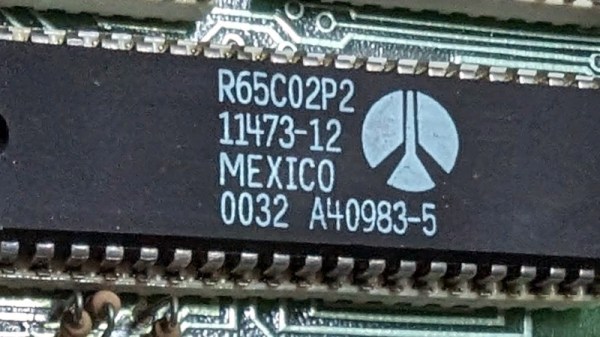One of the delights in Bash, zsh, or whichever shell tickles your fancy in your OSS distribution of choice, is the ease of which you can use scripts. These can be shell scripts, or use the Perl, Python or another interpreter, as defined by the shebang (#!) at the beginning of the script. This signature is followed by the path to the interpreter, which can be /bin/sh for maximum compatibility across OSes, but how does this actually work? As [Bruno Croci] found while digging into this question, it is not the shell that interprets the shebang, but the kernel.
It’s easy enough to find out the basic execution sequence using strace after you run an executable shell script with said shebang in place. The first point is in execve, a syscall that gets one straight into the Linux kernel (fs/exec.c). Here the ‘binary program’ is analyzed for its executable format, which for the shell script gets us to binfmt_script.c. Incidentally the binfmt_misc.c source file provides an interesting detour as it concerns magic byte sequences to do something similar as a shebang.
As a bonus [Bruno] also digs into the difference between executing a script with shebang or running it in a shell (e.g. sh script.sh), before wrapping up with a look at where the execute permission on a shebang-ed shell script is checked.

















